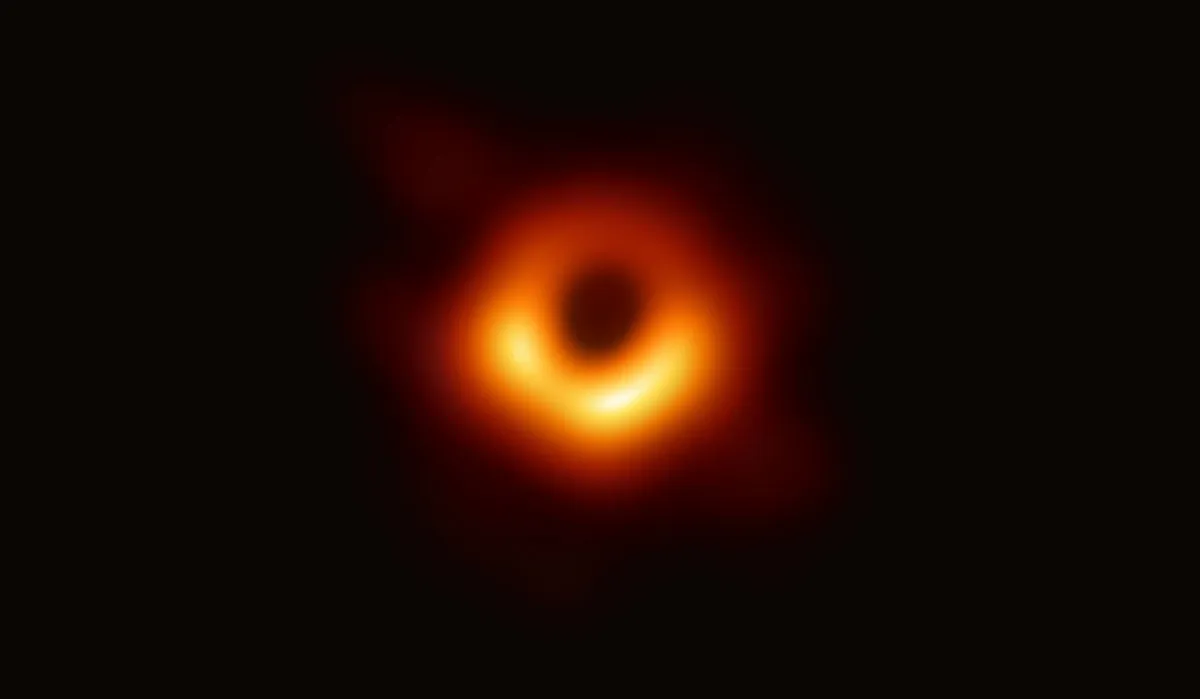Most galaxies have supermassive black holes at their centres, and astronomers know at least how some black holes form.
Rigel, in Orion, has a mass about 18 times that of the Sun.
When, in a few million years’ time, it exhausts the fuel at its centre, a spectacular supernova will be the result.
Most of the star’s material will be scattered to the galactic winds, but the core will collapse, forming a small black hole, one which will weigh in at a few times the mass of the Sun.
Though they can’t be seen directly, evidence of black holes comes from observing the behaviour of stars and gas, most strikingly at the centre of our own Milky Way, where observations taken each summer for more than 20 years reveal the orbits of stars about the galactic centre.
However, we don't yet definitively know where the nearest black to Earth is.
With a mass equivalent to nearly four million Suns, the object at the centre of our galaxy is truly a supermassive black hole, but astronomers have struggled to explain how it came into being.
Evidence of stellar mass black holes, like the one Rigel is likely to become, has been gathered over the last few decades, most spectacularly in the minuscule ripples in space detected by gravitational wave experiments and due to the collision of black holes.

What is the missing link in black hole science?
Gravitational wave experiments are most sensitive to the collision of massive black holes but have not seen evidence for anything much more massive than maybe 50 solar masses.
That fits with our understanding of stars and supernovae, which predicts a maximum mass that falls well short of that obtained by the sort of behemoths that lurk at the centre of galaxies.
In seeking to understand how such massive objects form, astronomers have long sought our ‘missing link’ – a population of black holes intermediate in mass between the two.
Now results from a new paper suggest that the quest might have succeeded.
The object in question is 3XMM J215022.4-055108 (catchy, I know), a source of X-rays that suddenly flared up in 2006.
Such a flare indicates that something dramatic is happening; in this case, we seem to have captured the final moments of a star being ripped apart by the gravitational pull of a black hole.
Such things happen from time to time – a disruption to the delicate dance in the Milky Way’s centre could send its orbiting stars into harm’s way – but this particular flare did not come from the centre of a galaxy where supermassive black holes may be assumed to be lurking, and it was bright enough that a stellar-sized black hole would be an unlikely progenitor.
That burst of X-rays might therefore indicate the presence of the elusive intermediate mass black hole, but there remained the possibility of a false alarm.
The signal could have been coming from a less luminous source in the Milky Way itself. Using the orbiting Hubble Space Telescope, the location of the X-ray source has now been pinned down.
The emission comes from a star cluster on the edge of a distant galaxy, a likely home for intermediate black holes. The missing link may have been found at last.
Chris was reading Multiwavelength Follow-up of the Hyperluminous Intermediate-mass Black Hole Candidate 3XMM J215022.4-055108 by Dacheng Lin et al.
This article originally appeared in the June 2020 issue of BBC Sky at Night Magazine.
